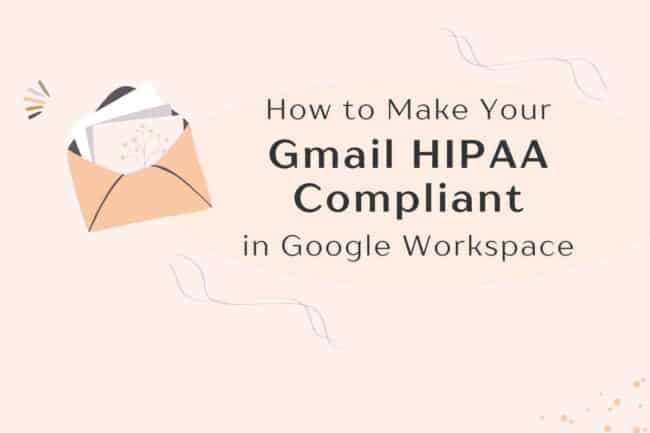When people say “I need SEO,” what they usually mean is, “I need more clients … fast!”
This is actually the worst time to invest in SEO. Here’s a truth nugget: SEO takes a long time and a lot of money to really see results.
When your phone isn’t ringing and you’re worried about paying your bills, the last thing you need is a project. You need fast results — and that’s where Google Ads comes in. More on that later …
When it comes to SEO-done-right, the needle doesn’t even start to move until around the 8-month mark. Often, it can take around 1.5 years to get the results you’re looking for.
That’s a long time to wait when you need new clients yesterday.
SEO can be expensive
Since there’s no point in doing SEO if you’re not in it for the long haul, it’s important to understand what a normal SEO budget can look like. Here are a few quick facts.
- High-quality USA-based companies (like Goodman Creatives) charge at least $600/month to manage your SEO.
- That means being ready to invest more than $7k in the first year – potentially without seeing big results.
- Onsite SEO is just the first step. You’ve also got to get other sites to link to yours. That either means another investment or work on your end.
These facts aren’t meant to scare you away from SEO. Rather, they are here to give you a reality check of what you’re getting yourself into.
Oh, and when you get those unsolicited emails promising to get you on page 1 of Google overnight, remember the old saying: “if it sounds too good to be true, it probably is.”
SEO is like buying a home
Here in Santa Cruz, CA, the average cost of a 2 bedroom apartment is $3k/month. If you pay that for 27 years straight (yeah right, no rent increases), you’ve paid a million bucks with nothing to show for it.
Meanwhile, if you buy a home for that same million, you’ve always got something to fall back on. You’re building value for your portfolio and establishing your home as a place people go.
Paying for ads is like renting an apartment.
If you have the capital to invest in a home, it’s obviously better than renting. The same thing goes for SEO. Done well, it’s an amazing way to build a foundation for your business.
The idea is that, in time, people will find you on their own and you can those Facebook and Google Ads you’re paying for. But, that takes time. And you need to put food on the table today.
How much is a new client worth?
If I said, “invest $5,000 and get 2 new clients,” you might not think that’s the best deal out there. In fact, you might end our call right there.
However, if you know that a new client brings in an average of $4,000, then all of a sudden you’re up three grand and planning a trip to Disneyworld!
It’s critical to understand how much a new client is worth over their “lifetime” with your business.
With that information, you can come up with a realistic marketing budget and decide if you actually want/need SEO. In fact, when I chat with someone interested in SEO (or any marketing service), the first thing I ask them is “how much is the lifetime value of a new client?”
(in case you were wondering, most people have no idea)
Should I Do SEO?
In the end, it comes down to how many new clients you need – and how much you have to invest. Here’s a quick breakdown, followed by a fancy chart below.
If you need clients fast – and a budget of:
- Less than $1k/month – Stay away from SEO. Focus on Google Ads and building your social media organically. Also, consider a directory site or two.
- $1k – $2k – Keep doing Google Ads and start running Facebook ads.
- More than $2k – Add in SEO and ramp up everything else
If you have lots of clients – and a budget of:
- Less than $1k/month – Invest it all in SEO. Things are going well. Now, it’s time to build for the future.
- More than $1k/month – Ramp up your social media budget and also consider investing in offsite link building using a service like The Hoth.
SEO Resources
Here’s the thing about SEO … you can totally do it on your own. In fact, our blog is full of articles on that very subject. To get you started, here are our best SEO resources.
























